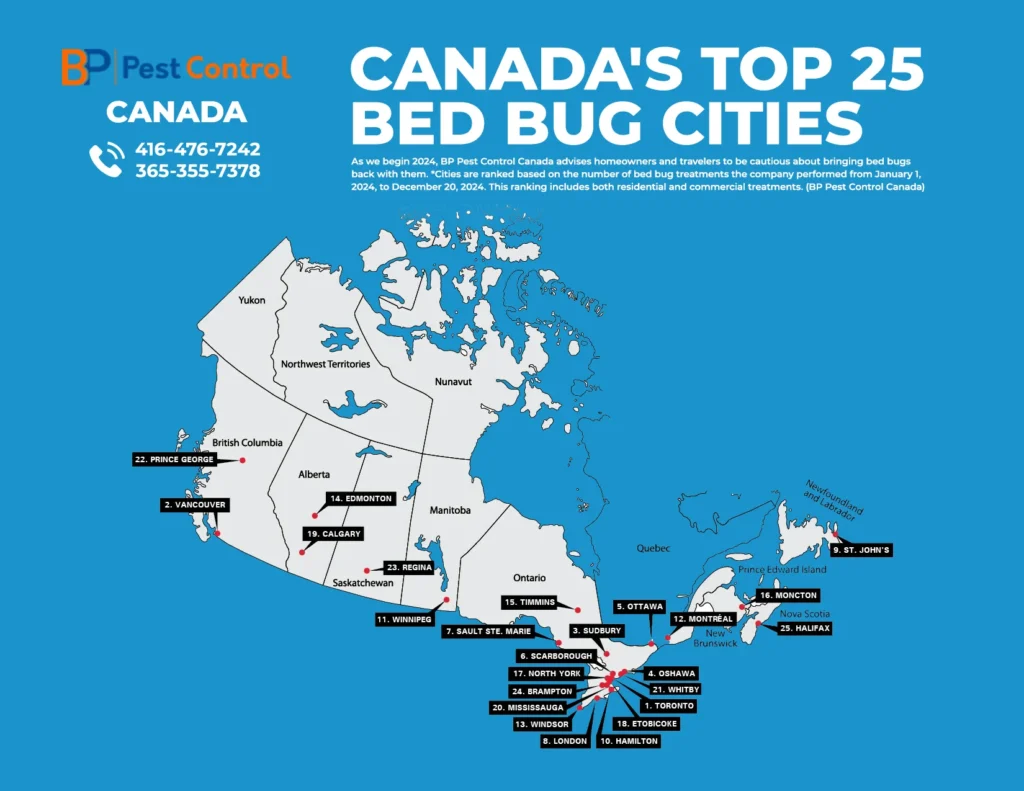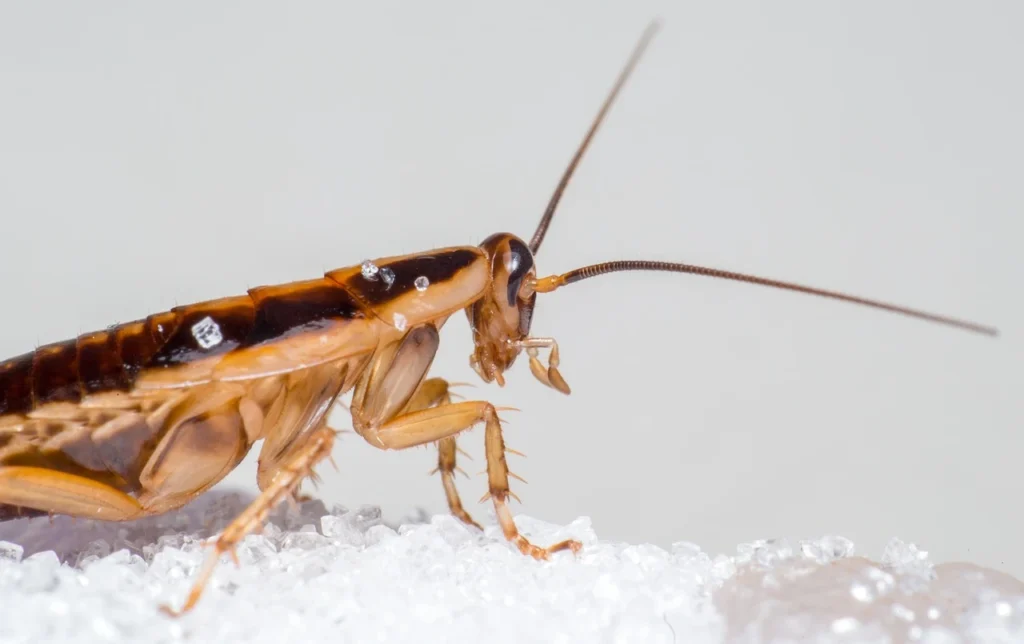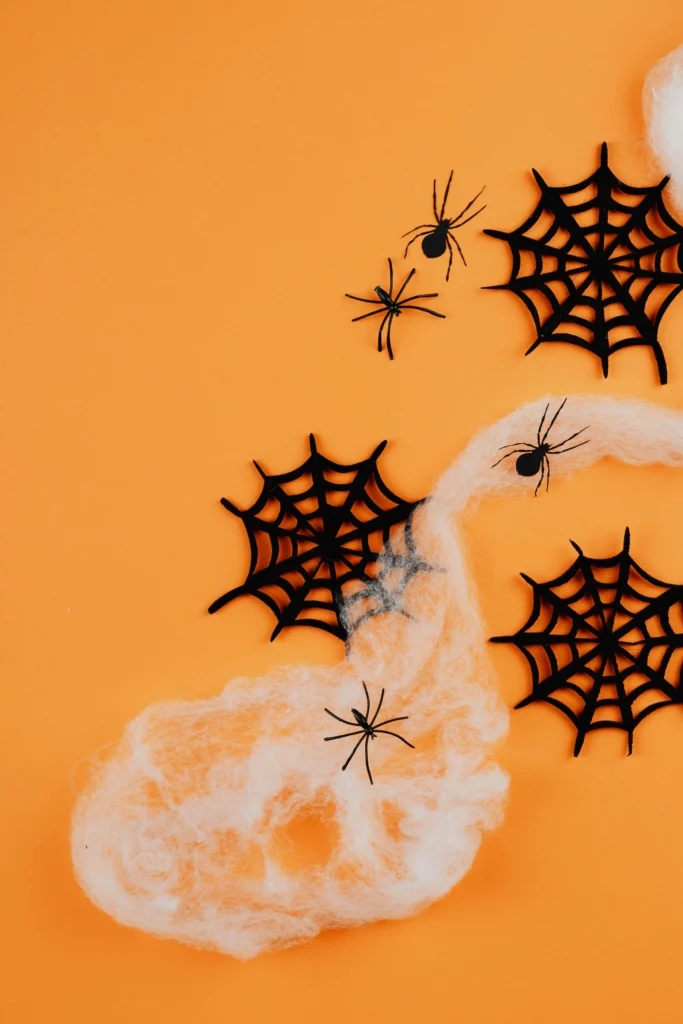What is the most common pest in Canada
Pests are a common issue in Canadian homes, especially during certain seasons. At BP Pest Control, we know how important it is to keep your home safe and pest-free. In this guide, we’ll cover some of the most common pests in Canada and explain how our pest control services can help you protect your home and family. What is the most common pest in Canada And Control With BP Pest Control Ants in Canada are Small but Persistent Ants might be tiny, but they can quickly become a big problem in your home. Carpenter ants and sugar ants are the most common in Canada. They invade homes looking for food and water, and some species can even cause structural damage. How BP Pest Control Can Help Our expert team will find where ants are entering your home and use safe, effective treatments to get rid of them. We also provide tips to keep ants away for good. Seasonal Tip: Ants are most active in the warmer months, so make sure to seal food containers and clean up crumbs to avoid attracting them. Cockroaches Unwelcome Guests in Your Home Cockroaches, especially the German cockroach, are a common problem in Canadian homes, especially in urban areas. These pests carry diseases and can trigger allergies, making them a serious concern for your health. How BP Pest Control Can Help BP Pest Control offer effective cockroach control methods that focus on eliminating them at the source. Our treatments are safe for your family, pets, and the environment. Prevention Tip: Cockroaches love hiding in dark, damp areas like kitchens and bathrooms. Keep these areas clean, seal cracks, and dispose of food waste properly to discourage cockroaches. Bed Bugs A Growing Problem Bed bugs are small but tough pests that are becoming more common in Canadian cities. They hitch a ride into your home through luggage, second-hand furniture, or clothing. Bed bug bites can cause irritation and sleepless nights. How BP Pest Control Can Help:Our team uses eco-friendly treatments to get rid of bed bugs. We’ll thoroughly inspect your home and provide safe solutions to make sure bed bugs don’t return. Signs of Bed Bugs: If you notice small, itchy bites or dark spots on your bedding, you may have a bed bug infestation. The sooner you act, the better! Rodents: Mice and Rats in Your Home Mice and rats are common in Canada, especially in the colder months when they’re looking for warmth and food. These pests can spread diseases and cause damage by chewing on wires, insulation, and wood. How BP Pest Control Can Help:We offer rodent-proofing services to seal entry points and prevent mice and rats from coming inside. Our team will also set traps and remove any existing rodents safely. Tip: Make sure to store food in sealed containers and close any cracks or gaps around your home to keep rodents out. Termites Silent Destroyers of Your Home Termites are small but mighty pests that can cause serious damage to your home’s structure. They feed on wood, which means they can destroy your house without you even knowing. How BP Pest Control Can Help:We offer thorough termite inspections and effective treatments to protect your home. Early detection is key to preventing costly repairs. Prevention Tip: Keep wood piles away from your house, and check for signs of termites, like hollow-sounding wood or mud tubes around your foundation. Wasps and Hornets Stinging Pests Wasps and hornets can be a threat, especially during the summer. While they are important for nature, they can be dangerous if they build nests near your home. Their stings can cause pain and allergic reactions. How BP Pest Control Can Help:Our team can safely remove wasp and hornet nests from your home. We also provide tips to prevent new nests from forming. Prevention Tip: Seal cracks and gaps around your home and remove food sources, such as trash and sugary drinks, that attract wasps. Spiders Beneficial but Sometimes Dangerous Many spiders are helpful because they eat other pests, but there are a few dangerous ones in Canada, like the black widow and brown recluse. While most spiders aren’t harmful, it’s important to be aware of the risks. How BP Pest Control Can Help:We can remove spiders from your home and help you seal up cracks where they might be entering. Our treatments are safe and effective, so you don’t have to worry about spiders. Prevention Tip: Keep your home tidy and remove clutter where spiders like to hide. Sealing cracks in windows and doors will also keep them out. Why Choose BP Pest Control? At BP Pest Control, we’re experts in dealing with all kinds of pests. Whether you’re dealing with ants, cockroaches, rodents, or any other pests, our team is here to help. We use eco-friendly solutions to keep your home safe and pest-free, and we offer long-term prevention tips to ensure pests don’t come back. Customer Testimonials Our satisfied customers trust us to provide fast, effective, and safe pest control solutions. We’ve helped many people in Canada get rid of pests and keep their homes safe. Get in Touch with BP Pest Control Today Don’t let pests take over your home. Contact BP Pest Control for a consultation or pest inspection. Our team is ready to help you keep your home safe from pests. Pests are a common issue in Canada, but with the right pest control services, you can protect your home and family. BP Pest Control is here to provide safe, effective solutions for all types of pests. Whether you’re dealing with ants, rodents, or bed bugs, we’ve got you covered. FAQ For What is the most common pest in Canada What are the most common household pests in Canada? Common pests include ants, cockroaches, bed bugs, rodents (mice and rats), termites, wasps, hornets, and spiders. How can I prevent ants from entering my home? Seal food containers, clean up spills promptly, and close entry points like cracks and gaps around windows and










